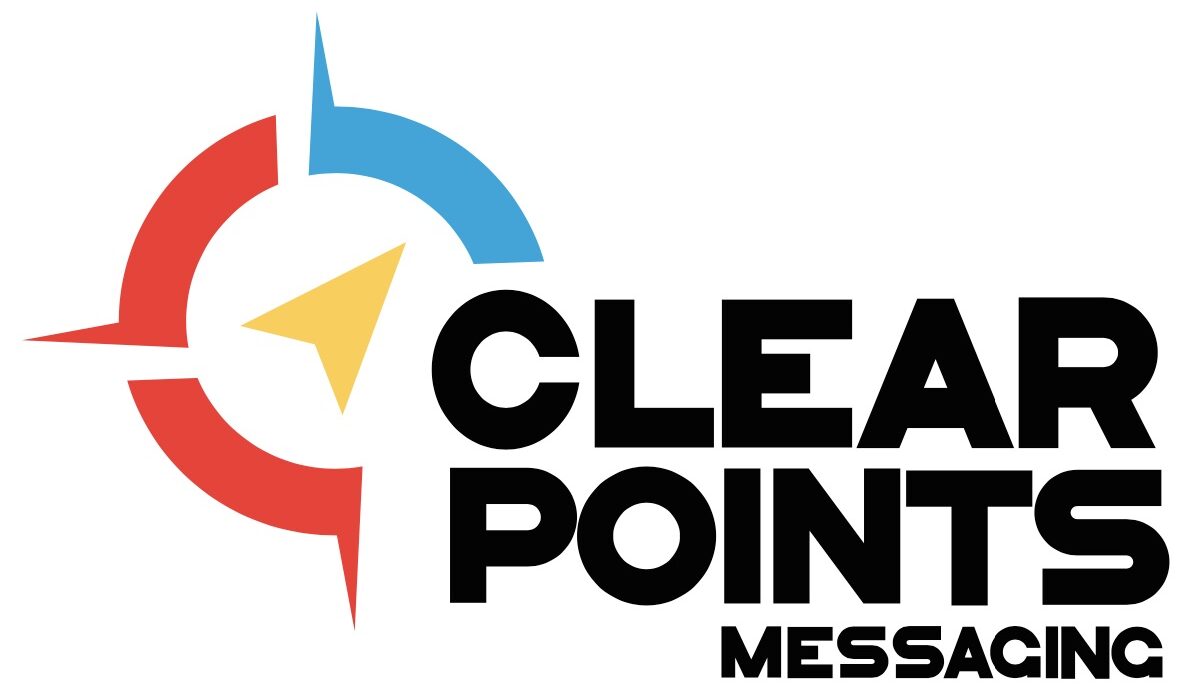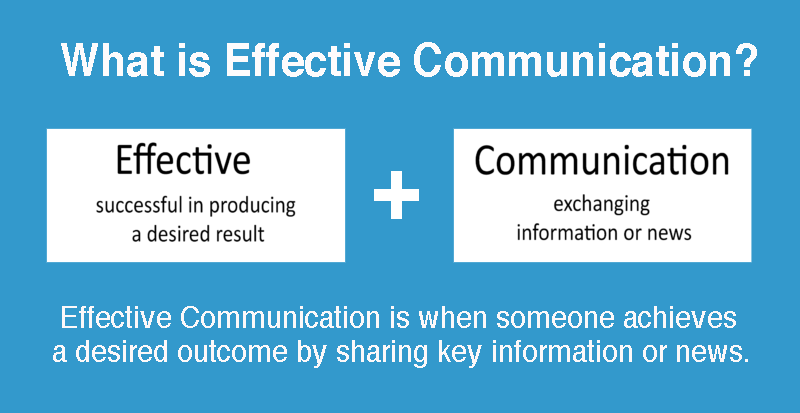How you express the messages you tell your audience is a critical component of framing communication. This expression in your communication is audience framing.
Artists use framing most often. For example, photographers and visual artists use framing so viewers will focus on the subject in their photo. Framing highlights what the artist wants the viewer to see in his or her portrait.
Framing in communication is no different. The way you craft your message or express an idea creates a frame, highlighting the meaning you want your listener to hear from your message.
What is Communication Framing?
Framing your communication means the method you will use to deliver a message, and how you will highlight meaning for your audience. What vehicle of meaning are you going to use to deliver your message? Are you going to use a metaphor, tell a story, or show contrast?
Management consultant Gail Fairhurst says that framing gives a structured way to think about concepts. It also provides context to main ideas to your target audience. In Fairhurst’s book, The Power of Framing, she states that leaders often cannot control events. “But they can control the context under which events are seen if they recognize a framing opportunity.”
If your message has the right frame, it can create more meaning and context. Your audience will also be more likely to interpret what you are saying the way you want them to interpret it.
Where did Communication Framing originate?
Framing, as a theory of mass communication, refers to how the media packages and presents information to the public.
“According to the theory, the media highlights certain events and then places them within a particular context to encourage or discourage certain interpretations. In this way, the media exercises a selective influence over how people view reality. Anthropologist Gregory Bateson is credited with first positing the theory in 1972.” Source: Communications Studies
This theory — where the media controls how you view events — has seeped into marketing and leadership communications. What you choose to communicate and how you frame your ideas can govern the interpretation of your audience.
4 Frames You Can Use to Communicate
The way you create a message and share it frames how the listener will receive it. Here we look at four ways to frame a message.
- Metaphor
- Storytelling
- Contrast
- WIIFMs
Framing with Metaphor
According to Google, a metaphor is “a figure of speech in which a word or phrase is applied to an object or action to which it is not literally applicable.”
To make sure we are on the same page, here are some metaphor examples for kids:
- The classroom was a zoo.
- He is a night owl.
- The wind was a howling wolf.
- The stormy ocean was a raging bull.
A study in 2011 showed how metaphors influence or alter people’s perspective.
The Guardian writes:
In the study, participants were presented with brief passages about crime in a hypothetical city named Addison.
For half of the participants, a few words were altered so that the passage said that crime was a “beast preying” on the city of Addison. For the other half, crime was described as a “virus infecting” the city.
“Those exposed to the “beast” metaphor were more likely to believe that crime should be dealt with by using punitive measures, whereas those exposed to the “virus” metaphor were more likely to support reformative measures.
Communicating with metaphor can be powerful and influence an audience to think a fact is more severe.
Framing Through Storytelling
Our brains are hardwired to learn from stories. We have been learning and passing information to one another through stories since our species began communicating. Now storytelling works well in business.
According to Leo Widrich’s Lifehacker article:
A story, if broken down into the simplest form, is a connection of cause and effect. And that is exactly how we think.
We think in narratives all day long, no matter if it is about buying groceries, whether we think about work or our spouse at home.
Stories are also easy to remember and help people learn and connect with the material. According to the Harvard Business Journal, “Psychologist Jerome Bruner’s research suggests that facts are 20 times more likely to be remembered if they’re part of a story.”
Framing Through Contrast
Contrasting principles can set up an influential frame. It’s based on one of Robert Cialdini’s universal principles of persuasion.
From Selling and Persuasion Techniques, Using Contrast to Sell:
The contrast principle can be used when you are dealing with price objections to make the cost of your offer look smaller. The idea is to compare your price to something larger so it doesn’t look so expensive.
You may compare your price to the extra profit the client will make or to your competitors or to the much larger costs inherent in the client’s business.
Contrast can be used for almost any topic. It does not just work with price.
For example, a local school in Arlington, Texas, used this principle. In the daycare industry, turnover is extremely high.
Usually, teachers do not stay at the same school for long. However, this school’s average staff had been there for more than 15 years. The school is using this contrasting point in their marketing message and gaining traction in the market.
Framing Through WIIFMs
WIIFM stands for What’s in it for me?
Audience members are selfish. They want to know how the thing you are communicating about will affect their lives.
Will it make their life better? Can they implement it? Your entire message needs to should center on how the audience will benefit.
No one cares about the Tarzan chest-beating, which communicators do from time to time. They are trying to show how great their company is, but often it misses the mark.
Here are two frames, but they are talking about the same thing. Each one is talking about why you should do business with this fictitious company.
We have received award after award for our customer service. We have created some of the most innovative software for companies. Our digital first philosophy drives everything we do. Our knowledge skill and experience cuts waste and we have given companies the ability to move faster.
So you might be interested in working with that company. They are qualified and know what they are doing.
But what if the company said it like this?
When you work with us, you get to experience one of the best customer service teams in the country. We don’t rest until you are satisfied. You will be receiving the best software you need to bring your company and employees into the digital age so you can be more productive ad spend more time on what matters.
When we frame our communication in this way, the listener hears the value you have to offer.
Communicators often point to the greatness of their company. Instead, communicators should show how their company gives their customers’ value.
It Ain’t All About Framing Communication
A frame influences your audience about your business, product, or service. It’s a powerful communication skill to place on your tool belt.
But, framing to communicate effectively will only work if you already have a clear, concise message. Most of us put the cart before the horse. We don’t realize we need to know what we are communicating and what we are hoping to do with our messages.
Before you can frame, you must find clarity here.
Further reading:
- On Leadership Communication
- What is strategic messaging?
- Take our Communicator Quiz
Learn More with These Articles
Why is Communication So Difficult?
What is Effective Communication in the Workplace?
[/vc_column_text][/vc_column][/vc_row]z



